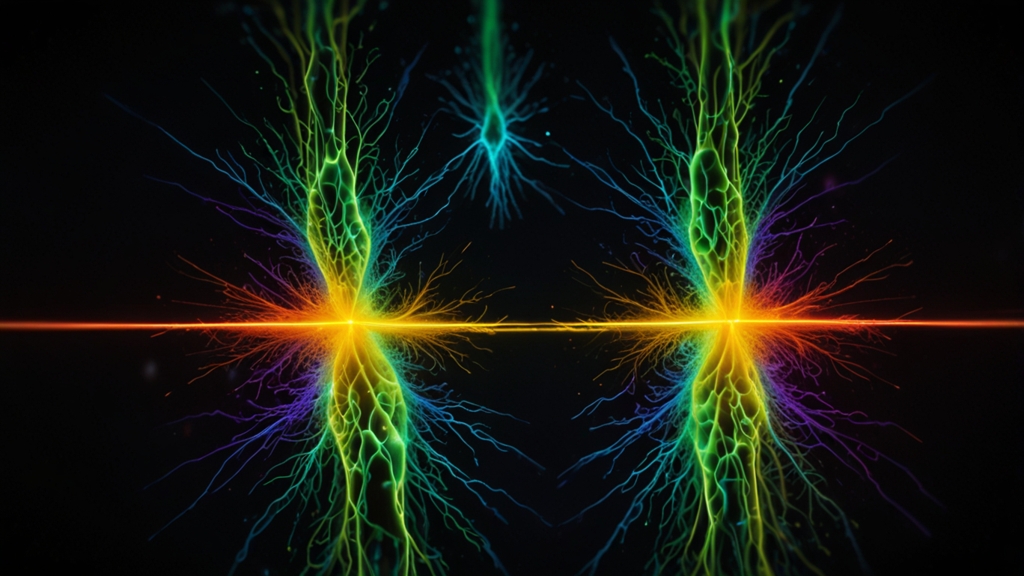Shell Shock and Trauma: The Forgotten Legacy of War
War, in its brutal efficiency, leaves behind more than the physical scars etched into landscapes and bodies. It etches deep psychological wounds that can haunt soldiers long after the battlefield has faded into memory. Shell shock, a term coined during World War I, has evolved to what we now recognize as post-traumatic stress disorder (PTSD). Despite modern awareness, the psychological impact of war remains a shadowy legacy often overlooked by society.
The Origin of Shell Shock
During World War I, the relentless bombardments and trench warfare brought about a mysterious condition in soldiers. Coined "shell shock," this condition presented with symptoms ranging from tremors and paralysis to severe anxiety and hallucinations. Initially misunderstood, many believed these symptoms were due to brain damage caused by the concussive forces of exploding shells.
"Imagine a man who…lies for a week in some foul dug-out, close to the body of a comrade who died on the first day…Imagine all that and then let him write the truth about war." - Siegfried Sassoon
Notably, many military officials and medical professionals were ill-prepared to understand or treat shell shock. Some perceived it as a sign of cowardice or moral weakness, leading to stigmatization and, in some cases, punishment of affected soldiers.
Evolving Understanding: From Shell Shock to PTSD
As medical science advanced, so did the understanding of trauma. By the time of the Vietnam War, the term "post-traumatic stress disorder" had supplanted shell shock. Unlike the initial interpretations, PTSD encompassed the psychological aftermath of war, recognizing it as a complex interplay of factors, including exposure to traumatic events, duration of stress, and individual psychological resilience.
"Trauma is a fact of life. It does not, however, have to be a life sentence." - Peter Levine
Modern-day PTSD is characterized by symptoms such as flashbacks, severe anxiety, and uncontrollable thoughts about the traumatic events. This broader understanding has not only facilitated better diagnostic criteria but also paved the way for more compassionate and effective treatment methods.
The Continuing Struggle
While society has made strides in acknowledging and treating PTSD, many veterans still grapple with the invisible wounds of war. According to recent studies, a significant fraction of soldiers returning from combat zones experience prolonged psychological distress. Alarmingly, the stigma surrounding mental health continues to deter many from seeking the help they need.
Moreover, the impact of trauma extends beyond individual veterans. Families, communities, and entire societies bear the brunt of unresolved psychological scars. The collective culture must recognize and address these consequences proactively. Support systems, including counseling, peer support groups, and accessible mental health services, are crucial in this ongoing battle.
Forgotten No More
The legacy of shell shock and war trauma is a testament to the resilience of the human spirit and the importance of recognizing psychological wounds as earnestly as physical ones. As we honor the sacrifices of those who serve, it is imperative to ensure their psychological well-being is not an afterthought.
"The bravest thing I ever did was continuing my life when I wanted to die." - Juliette Lewis
By fostering a culture of empathy, removing the stigma associated with mental health, and providing robust support networks, we can help heal the forgotten legacy of war trauma. In doing so, we pay homage to those affected, ensuring their invisible scars are neither neglected nor in vain.









